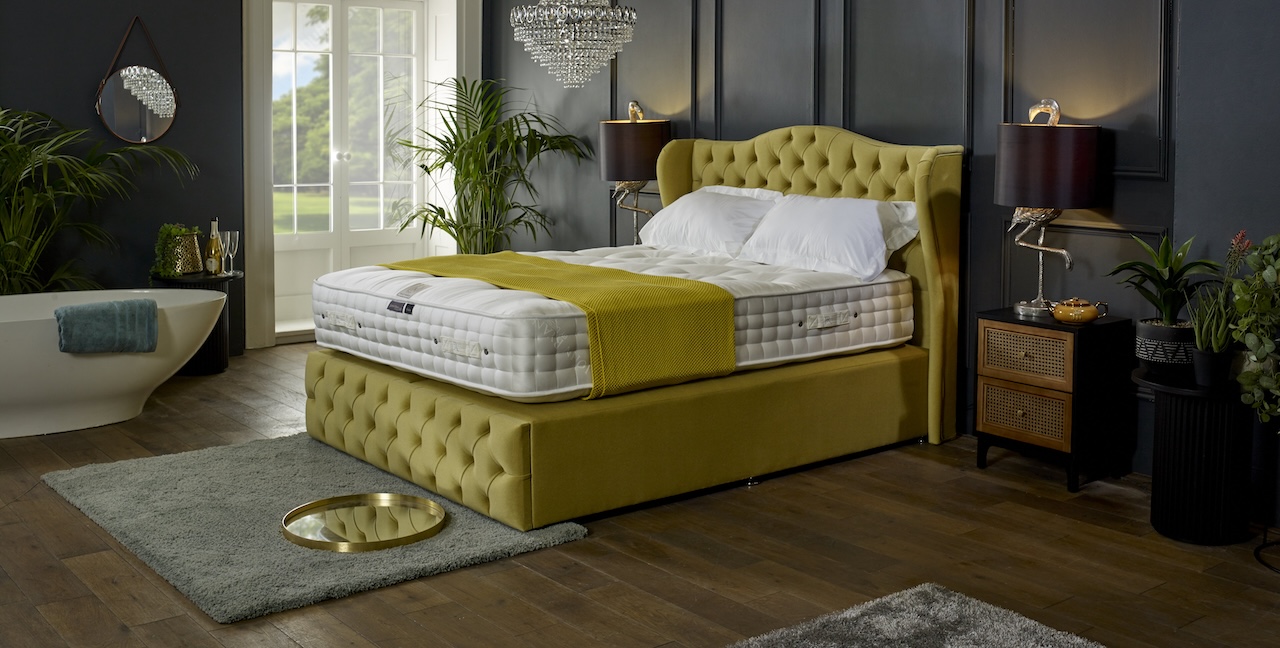Sleep & Well Being, Mattress Science
November 2024Five Strategies to Stop Smartphone Sleep Sabotage
As our dependency on smartphones increases, so does the risk of poor-quality sleep, leading to everything from difficulty falling asleep to waking up feeling groggy and unrested. But it doesn’t have to be this way. Ryan Kerr, a sleep expert from the mattress retailer John Ryan By Design, has identified five powerful strategies to help break the cycle of smartphone-induced sleeplessness. These simple yet effective tips will have you reclaiming your rest and enjoying a better night’s sleep in no time.
1. Stick to the 7 PM Rule
The 7 PM rule is a game-changer for anyone struggling with the temptation of late-night screen time. It’s a straightforward yet powerful strategy that encourages you to reduce smartphone use by 7 PM. By activating ‘Do Not Disturb’ mode at this time, you create a healthy buffer between the hustle and bustle of daily life and the peaceful transition into bedtime.
This digital detox period is critical because it reduces your exposure to blue light—the light emitted by smartphones that tricks your brain into thinking it’s still daytime. By limiting your phone use in the evening, you not only avoid this disruptive light but also give your mind the chance to unwind and prepare for sleep naturally. The result? A much smoother transition from wakefulness to restful slumber.
2. Create a Charging Station AWAY From Your Bedroom
The temptation to check your phone late at night or first thing in the morning can be a major sleep disruptor. One effective way to break this habit is by creating a designated charging station outside your bedroom.
By removing your phone from arm’s reach, you eliminate the impulse to grab it when you’re lying in bed, whether to check a notification or scroll through social media. A charging station in another room—whether it’s the kitchen, a hallway, or a utility room—ensures your phone doesn’t interfere with your rest. This simple step helps establish a clear boundary between your digital life and sleep sanctuary, promoting a healthier relationship with both.
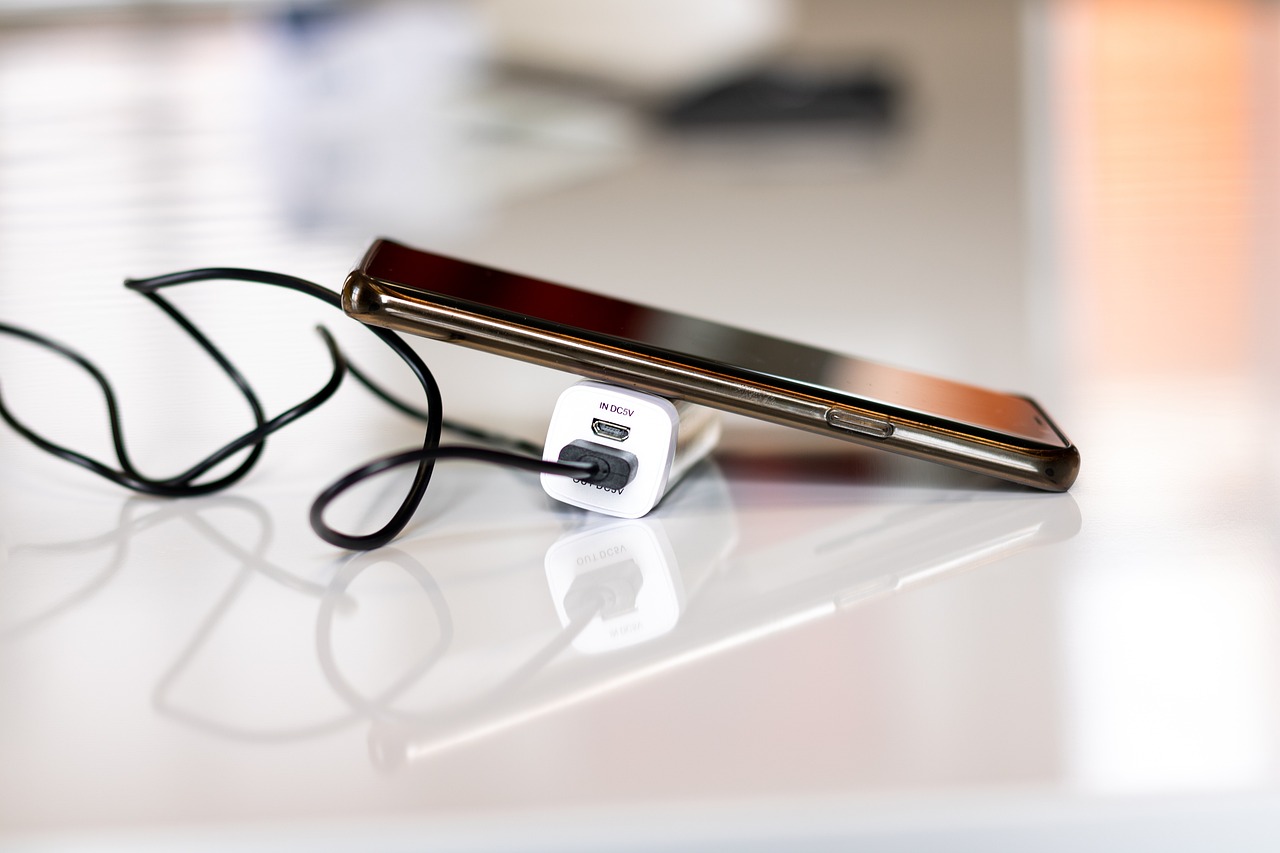
3. Switch to Grayscale Mode
Grayscale mode is one of the easiest yet most effective ways to curb your smartphone’s hold over you at night. When you switch your phone to grayscale, you remove the vibrant colours used by apps and social media platforms to captivate your attention. Without the eye-catching hues, content becomes less stimulating, and you’re less likely to engage in aimless scrolling.
Grayscale mode doesn’t just help you resist distractions and reduces exposure to blue light, a key culprit in sleep disruption. The change in visual presentation also encourages a more mindful and intentional approach to phone use. Instead of scrolling for the sake of scrolling, you’re more likely to use your device with purpose, which is a great way to regain control over your technology usage, especially in the evening hours.
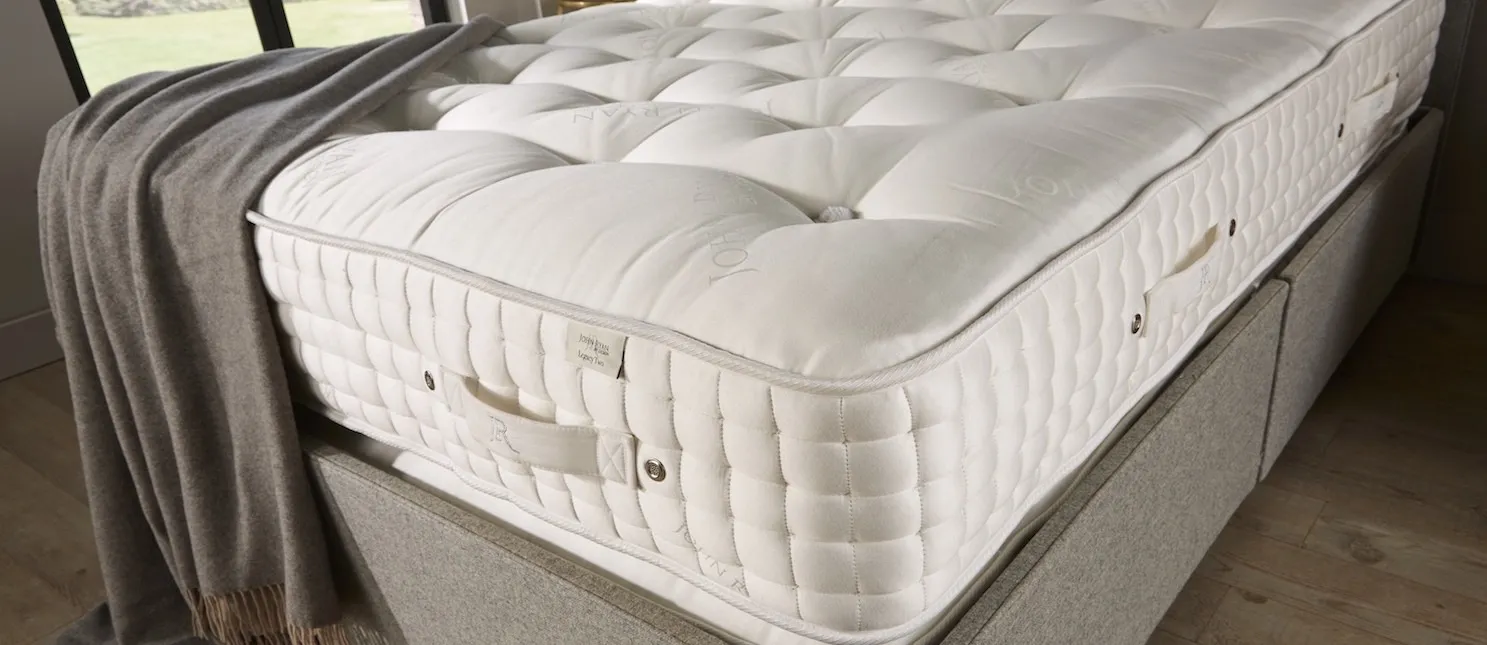
4. Customize and Minimize Notifications
How often have you been woken up in the middle of the night by an unnecessary notification? Whether it’s a reminder about a meeting, a social media update, or an email alert, these distractions can completely throw off your sleep cycle. To prevent this, it’s crucial to customize and minimize your phone’s notifications.
Take a few minutes to turn off alerts for non-essential apps. You can also activate your phone’s “Do Not Disturb” mode during the night, allowing only important notifications—such as family calls or emergency alerts—to come through. Doing so reduces the mental stimulation of constantly checking your phone and can create a much more peaceful sleep environment. You’re more likely to enjoy deeper, uninterrupted rest with fewer distractions.
5. Treat Yourself to a Traditional Alarm Clock
There’s something incredibly peaceful about waking up to the gentle sound of an alarm clock rather than the jarring buzz of your smartphone. Using a dedicated alarm clock, rather than relying on your phone to wake you up, helps you avoid the temptation to check your device first thing in the morning.
Not only does this prevent you from diving into emails or social media immediately, but it also keeps your bedroom device-free, fostering a serene environment that encourages better sleep. An old-fashioned alarm clock serves a single, focused purpose—waking you up on time—without pulling you into the digital world before you can stretch your legs.
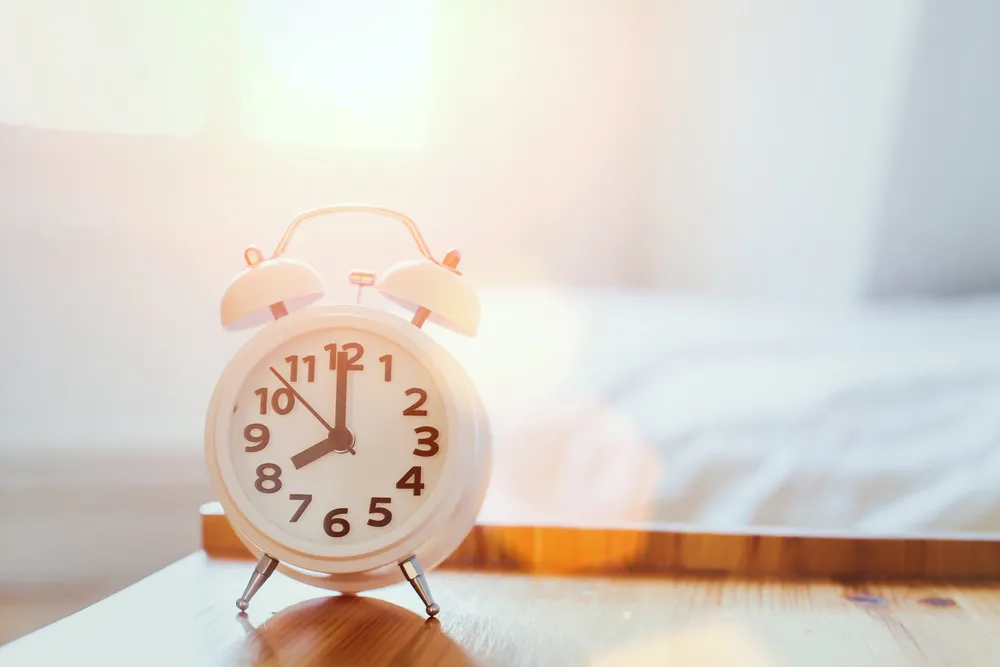
Why do Sleep Strategies with your Mobile Phone Matter?
Ryan Kerr, our sleep expert here at John Ryan By Design, emphasizes that managing smartphone distractions in today’s digital age is essential for maintaining optimal sleep health. “By following these five strategies,” he explains, “you can create a stronger sleep environment that supports deep, restorative rest, free from the disruptive influence of technology.”
Incorporating these changes into your nightly routine can make a huge difference in the quality of your sleep. By setting boundaries with your devices, you’ll be giving your body and mind the chance to naturally relax and prepare for rest without the constant interruptions and distractions that come with smartphones. And with better sleep comes better health, mood, and productivity, making it well worth the effort.


Breaking up with your phone for a better night’s sleep can transform your evenings into a peaceful time for rest, helping you fall asleep more quickly and wake up feeling refreshed. Here’s a step-by-step guide to help you achieve that goal without feeling deprived of your usual nightly routines.
1. Understand Why Your Phone Affects Your Sleep
- Blue Light Suppression: Phones emit blue light, which interferes with the production of melatonin, a hormone essential for sleep.
- Mental Stimulation: Scrolling through social media or reading the news keeps your mind active, often leading to racing thoughts when trying to fall asleep.
- Stress and Anxiety: News, emails, and social media can trigger anxiety, which can make sleep elusive.

2. Set a Digital Curfew
- Choose a Cut-Off Time: Ideally, set a time 1–2 hours before bed to put your phone away.
- Gradual Reduction: If 1–2 hours feels too difficult, start small by putting the phone away 30 minutes before bed and increase by 15 minutes each week.
- Use an Alarm: Set an alarm to remind you to wind down and put the phone away. The alarm will signal that it’s time to switch to a relaxing pre-sleep routine.
3. Designate a Phone-Free Zone
- Keep Your Phone Out of the Bedroom: Charge it in another room so you’re not tempted to reach for it if you wake up at night.
- Buy an Alarm Clock: Many people keep their phones by the bed for the alarm feature, but a simple alarm clock can eliminate the need for this. Look for one with a gentle wake-up tone or even a sunrise simulation feature.
- Create a Relaxing Space: Make your bedroom a sanctuary for rest by keeping it free from screens and other electronics. Add items that help you feel calm, like soft lighting, plants, or comfortable bedding.
4. Create a Relaxing Evening Routine
Establishing a nighttime routine helps your body and mind transition to sleep mode. Consider adding these to your pre-sleep rituals:
- Reading a Physical Book: Reading a book is a great way to unwind without a screen. Opt for something light or enjoyable rather than mentally stimulating.
- Practising Mindfulness or Meditation: Apps like Headspace or Insight Timer can guide you through meditation. Many can be downloaded, so you won’t need to use your phone during bedtime.
- Journaling: Write your thoughts, worries, or a gratitude list to clear your mind before sleep. This can help reduce the urge to reach for your phone.
- Gentle Stretching or Breathing Exercises: Stretching can release any muscle tension accumulated throughout the day, while deep breathing exercises calm your nervous system.
5. Use Your Phone’s Built-In Features to Support Your Goals
Many phones come with features to help reduce screen time in the evenings:
- Enable Do Not Disturb Mode: To avoid disruptions, silence notifications after a certain hour.
- Set Up Night Mode: Activate your phone’s night mode to reduce blue light as the evening approaches automatically.
- Limit App Usage: On both iOS and Android, you can set time limits on specific apps. This is especially useful for social media or gaming apps that can be particularly engaging.
- Bedtime Mode: Some phones have a “bedtime mode” that automatically shifts the screen to grayscale and limits notifications during set hours.

6. Replace Phone Time with Calming Activities
Choosing activities that bring you joy without mental strain can help replace the need for late-night phone use. Some ideas:
- Puzzles or Coloring: Activities that use your hands, like a jigsaw puzzle or adult colouring book, can be calming and help your brain unwind.
- Listening to Music or White Noise: Set up a playlist of calming music, ambient sounds, or white noise to help your mind transition to rest mode.
- Aromatherapy: Essential oils, particularly lavender, can promote relaxation. You can use a diffuser or place a few drops on your pillow for a soothing effect.
7. Address the “What If” Anxiety
Often, we keep our phones close at hand in case of emergencies or because we fear missing something important. Here’s how to manage this:
- Designate Emergency Contacts: Set key contacts to bypass Do Not Disturb if they call, giving you peace of mind that you won’t miss critical calls.
- Turn on Important Alerts: Some phones allow specific notifications, such as weather or emergency alerts, to override silent modes.
- Prepare for the Next Day: Organize any essentials for the morning so you don’t feel the urge to check your phone before bed.
8. Get Accountability and Support
Breaking up with your phone might feel daunting, especially if you’re used to being constantly connected. Enlist support:
- Involve a Partner or Friend: If someone in your household is also trying to reduce phone use, create a joint plan. You can support each other in creating a calmer, phone-free environment. There is no point in working to get rid of the phone from the bedroom if your partner is there playing on their iPhone before bed!
- Use a Digital Well-Being App: Apps like Moment and Forest track your screen time and encourage you to stay off your phone. With Forest, for instance, you plant virtual trees that grow when you avoid your phone, which can feel rewarding.
9. Gradually Transition Off Your Phone
If going cold turkey is too tricky, gradually wean yourself off night-time phone use by:
- Setting Time Limits for Specific Apps: Reducing social media time at night in small increments can help ease the transition.
- Creating Phone-Free Evenings a Few Nights a Week: Designate certain nights as tech-free to help you become comfortable without your phone over time.
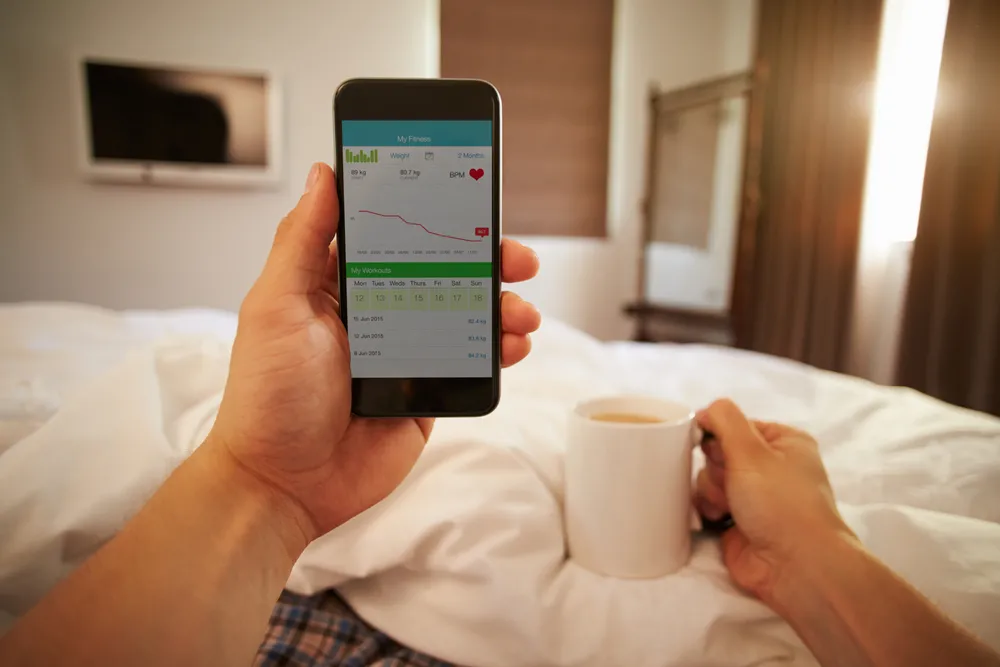
10. Track Your Progress and Adjust
As you make these changes, keep track of how you feel and make adjustments:
- Sleep Journal: Record your quality of sleep and overall mood each day. This can help you notice improvements and stay motivated to stick with your new habits.
- Reflect on Your Experience: After a few weeks, evaluate how your sleep and mood have changed. Recognizing even small improvements will help you see the benefits of this change.
Overcoming Common Challenges
- I Feel Bored Without My Phone: This is an opportunity to explore other interests. Many people find that they’ve missed out on hobbies like reading or art because of phone use.
- I Can’t Fall Asleep Without My Phone: Build a new, comforting routine, such as reading or practising breathing exercises.
- I Worry About Missing Important Notifications: Set up the necessary settings on your phone so critical calls can still come through, even with your phone on Do Not Disturb.
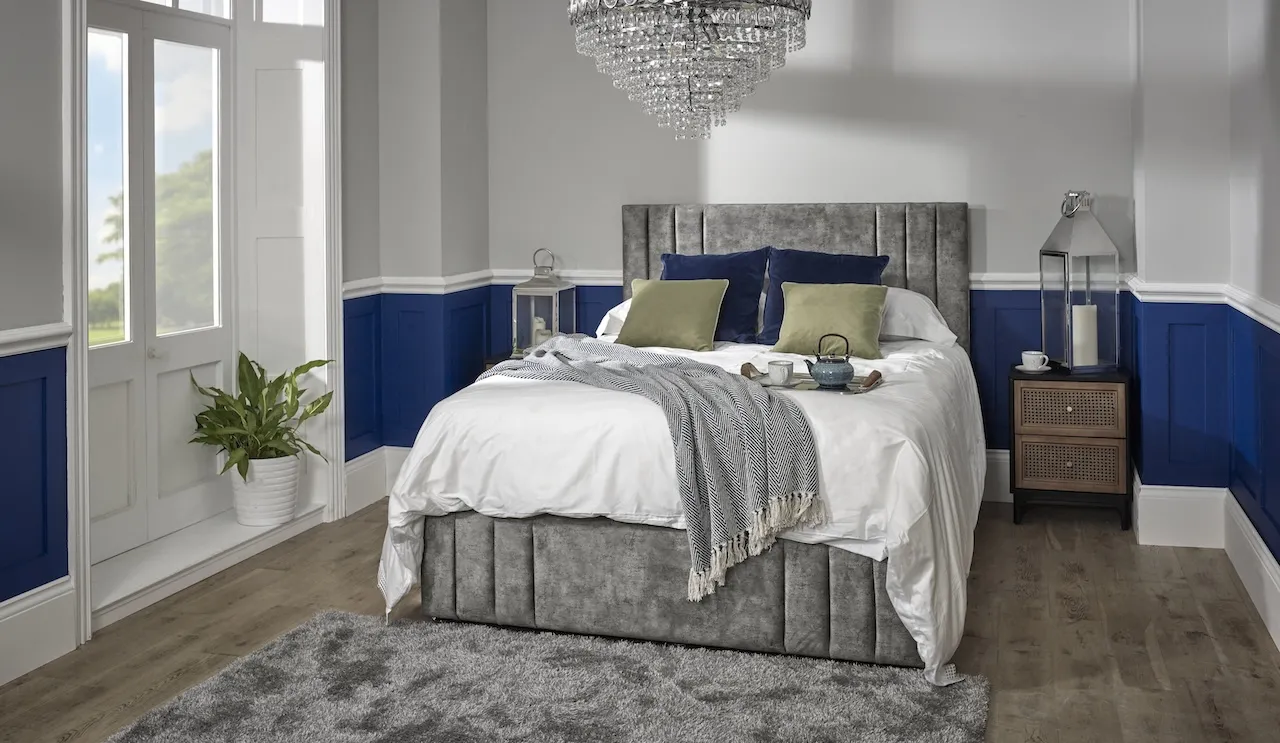
Final Phone Free Sleep Thoughts
Breaking up with your phone can feel liberating, and the rewards of better sleep, improved mood, and even higher productivity will make the change worth it. While it may take time to adjust fully, the benefits will appear quickly, supporting a healthy relationship with your devices — and a healthier, more restful night’s sleep. In fact, here at John Ryan, many of us do not put our phones in kitchen drawers at 7 pm and lead a phone-free bedtime routine. It;s increidfbly just how much it can benefit your sleep cycles and circadian rhythms!
Get A Great Night Sleep With John Ryan By Design
It’s not just ditching your smart phone in the bedroom that can help bring a fabulous night’s sleep; having a comfortable and supportive mattress is another key to enjoying a great night’s sleep. At John Ryan, we stock all manner of high-quality mattresses. So, if you think your mattress could contribute to your poor sleep quality (even if it’s only in part), then why don’t you browse our excellent range and see if you can find something that suits you better? And if you have any questions about our products, please don’t hesitate to contact us. Our friendly team of experts will be more than happy to listen to your requirements and help you to choose the mattress that will work best for you.

Dreaming of the perfect nights sleep?

Ask us a question
There are over 6000 questions and answers submitted by you on all questions about mattresses and bed problems. Enter a keyword such as Vi Spring, John Lewis beds, bad back or Memory Foam and see if your question has already been answered.
If you can’t find an answer in knowledge hub, ask a new question. We aim to respond to all questions within one working day.
Newsletter
Enter your email to join our newsletter. We’ll send you occasional news and mattress expertise.

